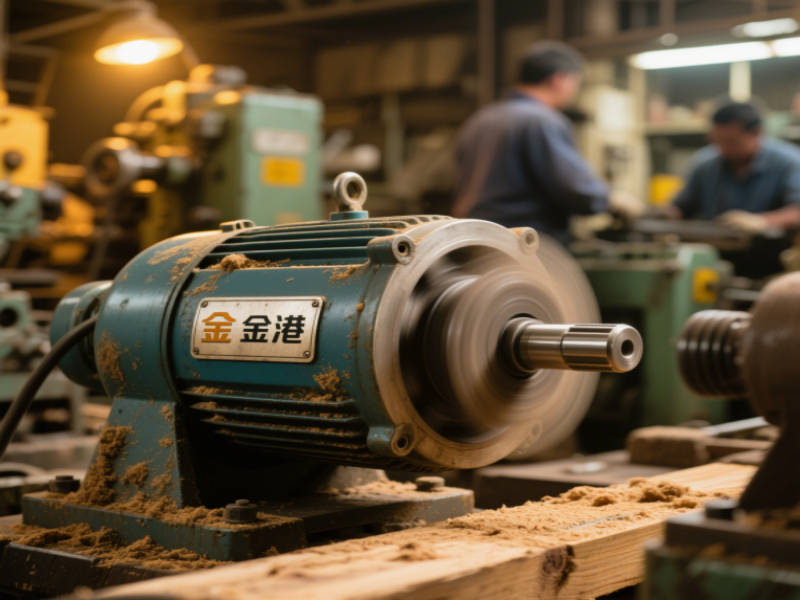Characteristics and application of rock crusher motor
Introduction:
The rock crusher motor refers to the motor that provides power for the rock crusher. The rock crusher is a mechanical device that breaks large rocks into smaller particles, and the motor is an important component that drives the crusher to work.
Features:
High power:
Rock crushing is a high-load operation, and a high-power motor is required to provide sufficient power.
High reliability:
The rock crusher works in harsh environments, and the motor needs to have high reliability to ensure long-term stable operation.
High durability:
The motor needs to be able to withstand high loads and vibrations and have a long service life.
Application
- Jaw crusher–primary crushing
Small and medium-sized jaw crushers: Use YE4 series 4-pole cage motors with a power of 55kw-160kW, and use hydraulic couplings to reduce starting shock.
Large jaw crushers: Use wound rotor motors with a power of 250kw-630kW, start through frequency-sensitive rheostats, and control the starting current at 3-5 times the rated current.
- Cone crusher – medium and fine crushing
This type of crushing is equipped with a standard YE4 series 6-pole motor with a power of 110kw-315kW, suitable for medium crushing of hard rocks such as granite and basalt;
High-end models use permanent magnet synchronous motor + inverter, which can adjust the speed in real time according to the hardness of the rock, improving the crushing efficiency by more than 10%.
- Impact crusher / impact crusher – stone shaping
This type of crushing is recommended to use a 4-pole cage motor, the rotor is made of high-strength cast aluminum material, and the dynamic balance level reaches G6.3 to avoid excessive vibration during high-speed operation.
- Mobile crushing station – vehicle-mounted crushing
This type of crushing is recommended to use the YE4-EJ series high-efficiency motor with an aluminum alloy shell, which is 20% lighter than the cast iron motor, and is equipped with a shock-absorbing base to reduce the vibration effect during vehicle transportation; some models integrate permanent magnet synchronous motors and lithium battery energy storage systems to achieve “oil-electric hybrid” drive, which is suitable for remote mines without power grids.




